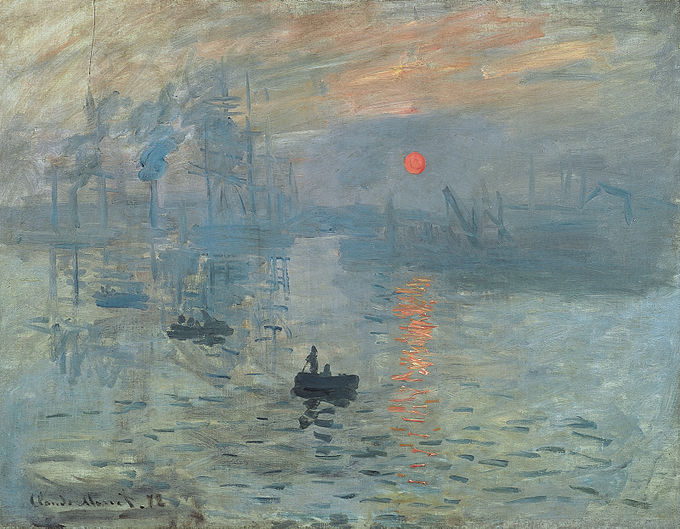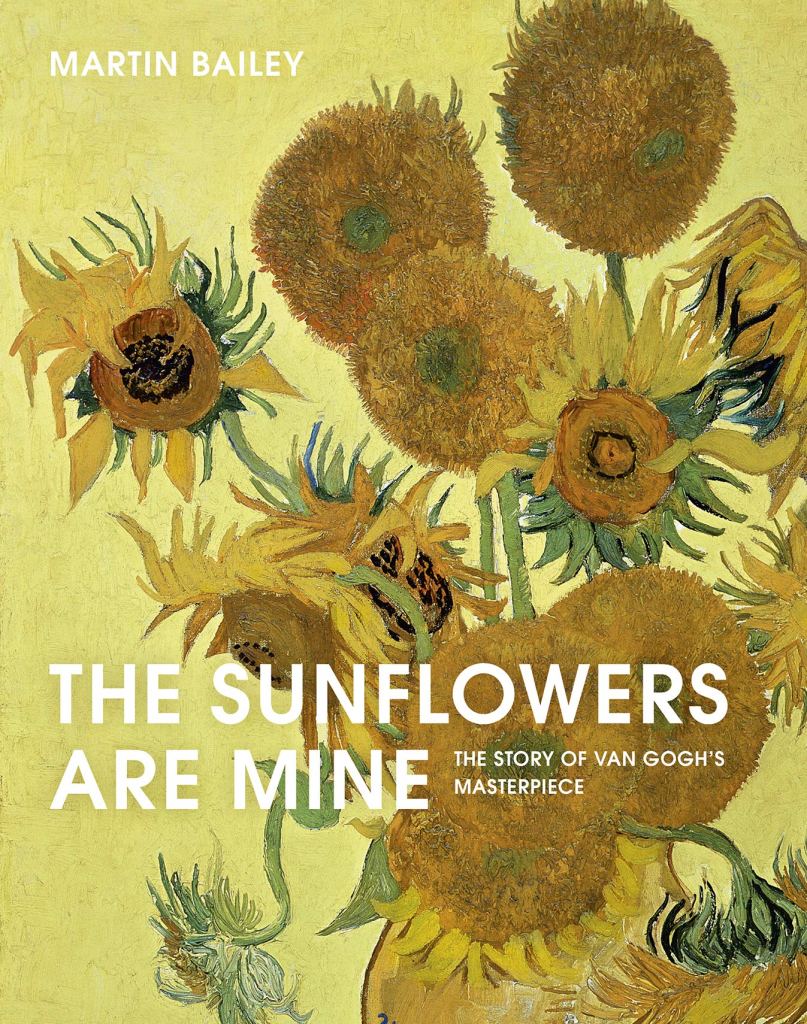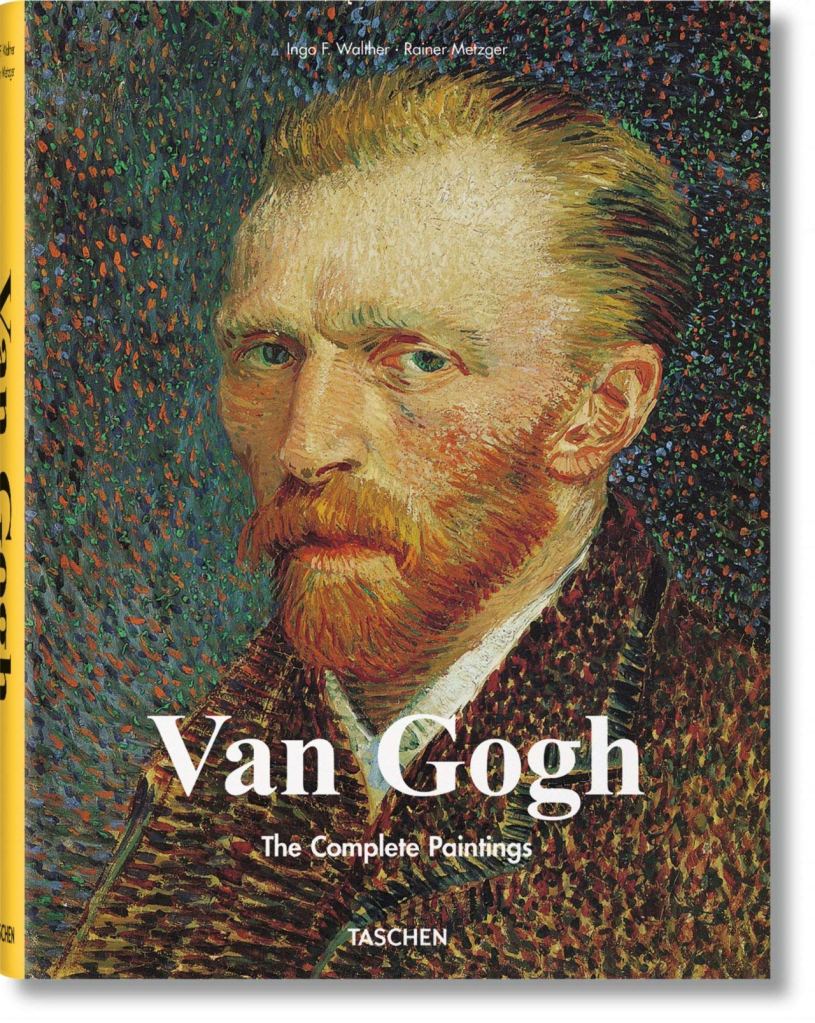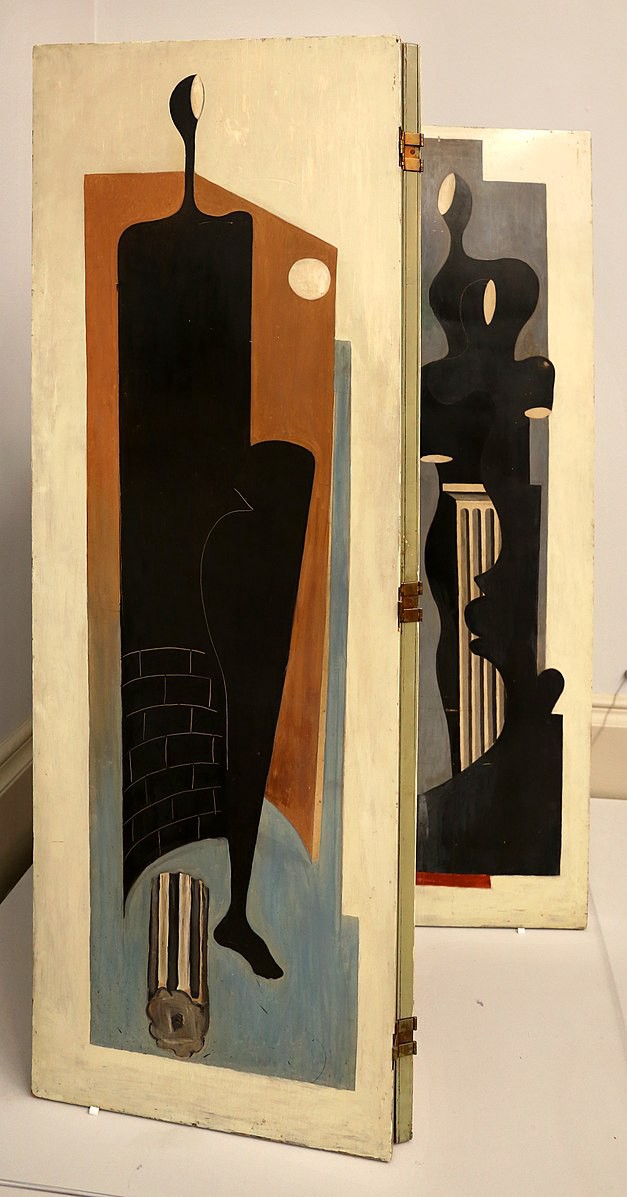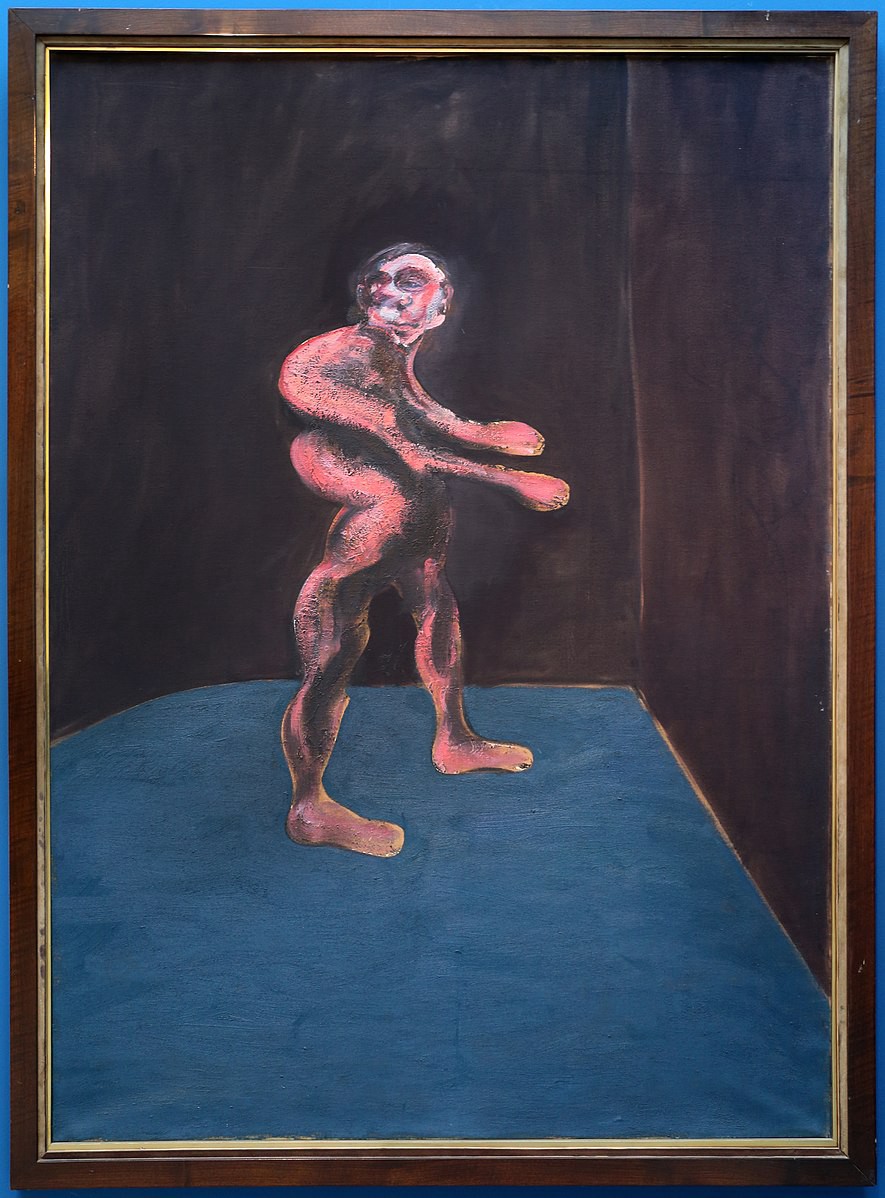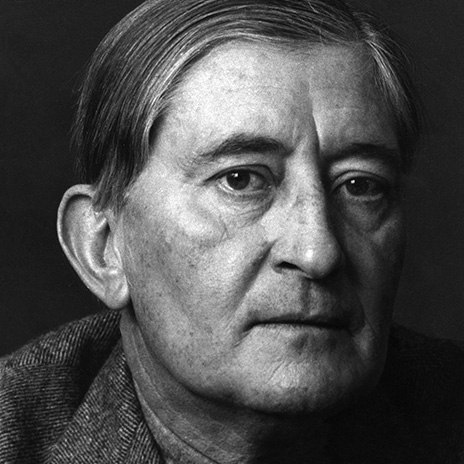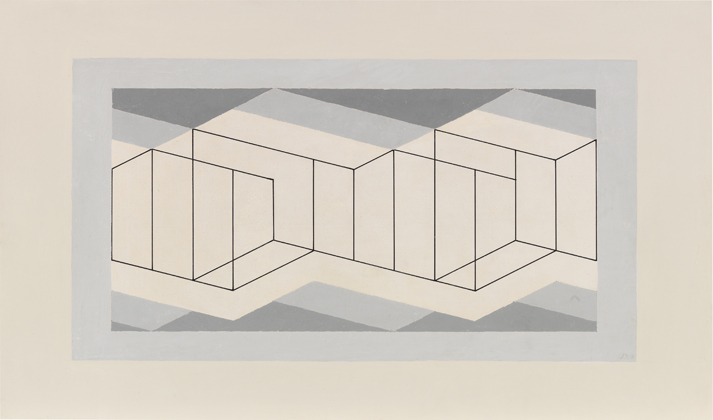
There is perhaps no image more associated with the Impressionism Art Movement than Claude Monet’s water lilies. Comprising a series of roughly 250 oil paintings created between 1896 and his death in 1926, these beautiful, bright works were a triumph amidst personal lose and health issues. Monet’s second wife, Alice Hoschedé, died in 1911. His oldest son died in 1914 from tuberculosis. His younger son Michel was deployed to the front to serve in the French Army during World War I. Monet even developed cataracts which would eventually require two surgeries to remove them so that he might continue his painting. Despite this, Monet would continue creating his water lily paintings until he died from lung cancer on December 5, 1926 at the age of 86.
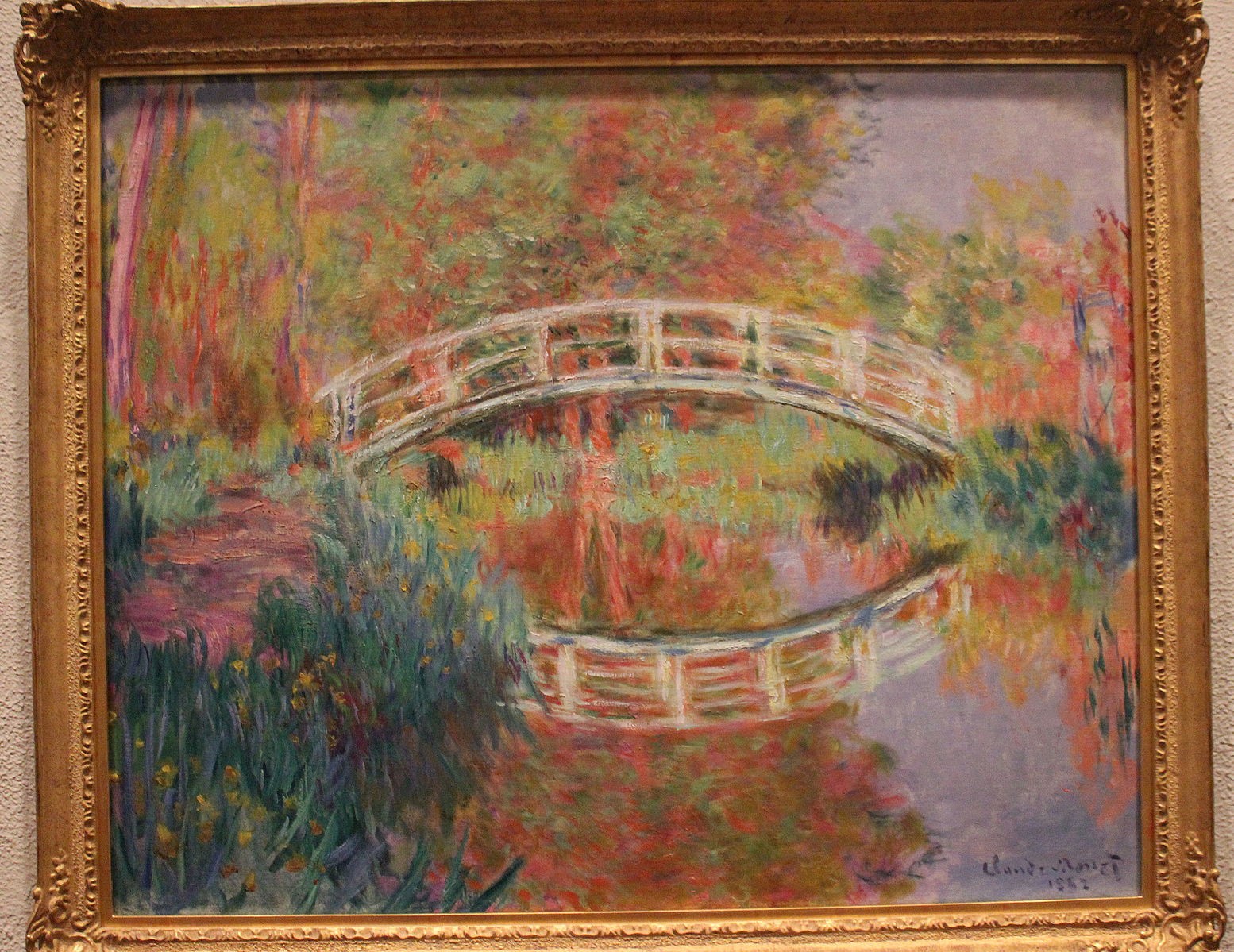
To Monet the paintings he did at his home in Giverny would become a consuming passion and the pinnacle of his artistic masterpieces. The world would agree, and the paintings he did while living in his home at Giverny would be amongst the most appreciated, and most prized, of his long life. They would replace the varied contemporary subjects he had painted from the 1870s through the 1890s. The focal point of this series would begin with Monet’s flower garden in its entirety, portraying the water garden and smaller pound over which rose the Japanese footbridge he had built. Initially, the pond environment would include the plants, bridge, and trees with a neat horizon astride it all. Over time, however, Monet moved away from the more traditional pictorial space in favor of no horizon line whatsoever, instead focusing on the surface of the pond itself with all the plants and reflections it contained.
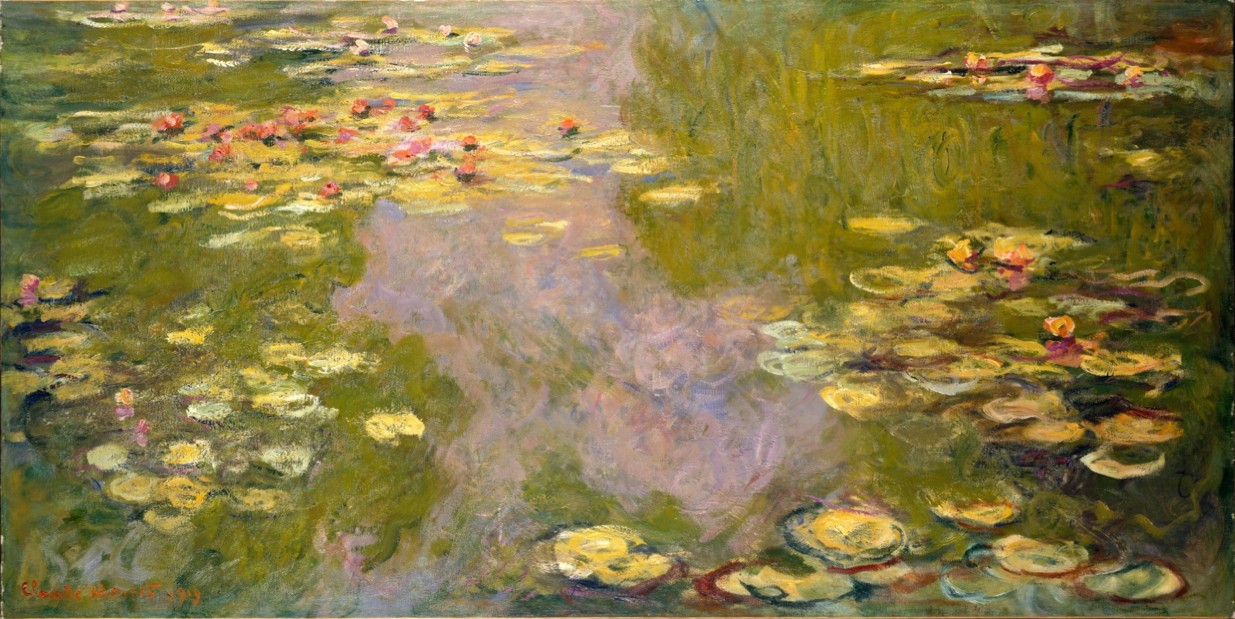
“Try to forget what objects you have before you — a tree, a house, a field, or whatever. Merely think ‘Here is a little square of blue, here an oblong of pink, here a streak of yellow,’ and paint it just as it looks to you, the exact color and shape, until it gives you your own impression of the scene before you.” — Claude Monet
Monet put this into practice with each of his water lily paintings, and the the subject was largely the same the feeling, the presence of each was uniquely its own. Each of the roughly 250 paintings has its own character, its own significance, one which complements the series yet can stand along in evoking feeling and introspection in the viewer.
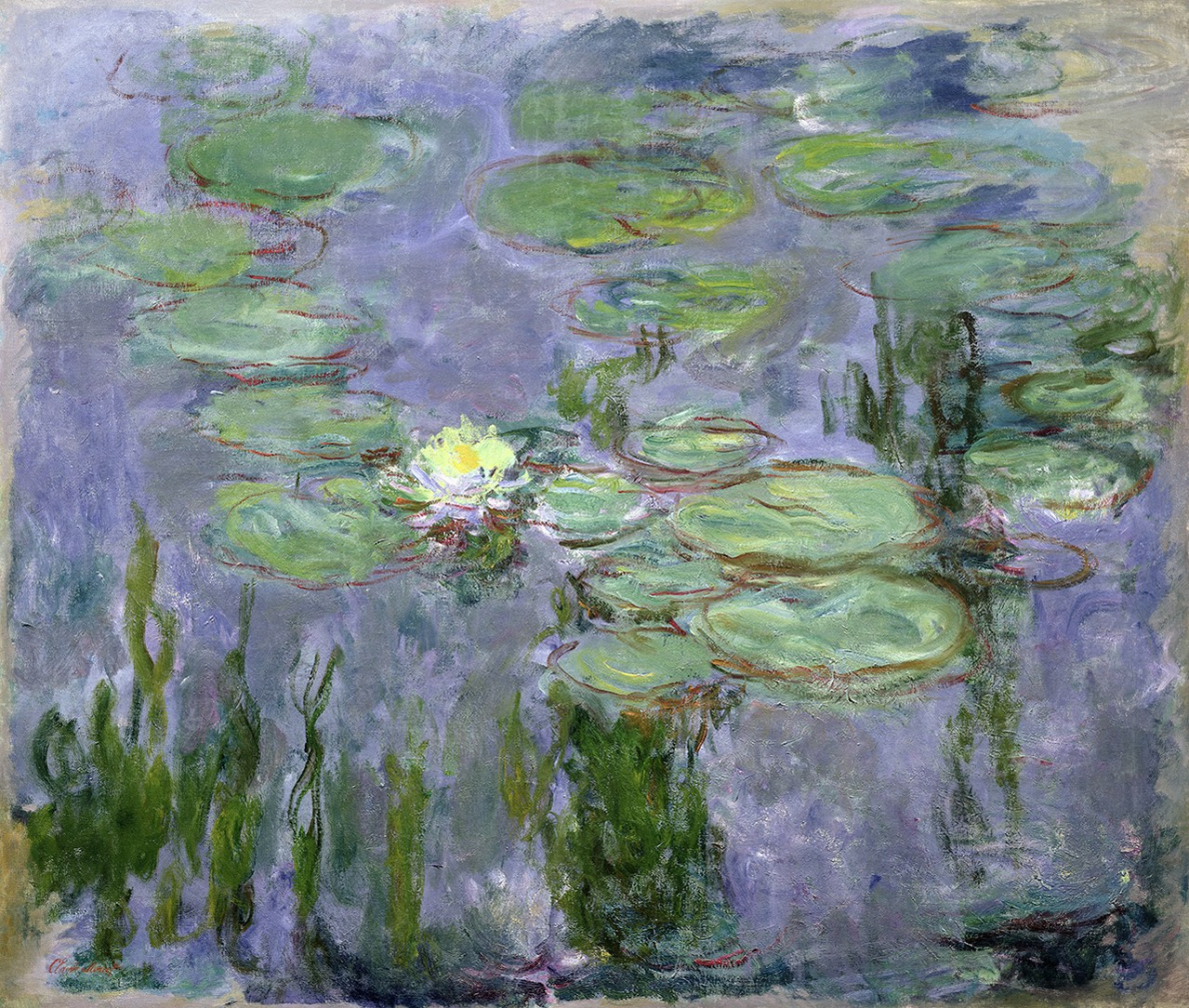
“Everyone discusses my art and pretends to understand, as if it were necessary to understand, when it is simply necessary to love.” — Claude Monet
Every single time I see one of this series of paintings in person the authors words strike me again. My first few times I had tried to break down the paintings I was looking at by composition, colors, and brushstrokes, to better get a sense for Monet himself through his work. Over time, as I simply looked instead of dissected these pieces the power of them struck me more. The feel of nature, at once so complicated yet so simple in presentation. The contentedness that seemed to emanate from the pond, of a relaxing day unaffected by the stressors of everyday life. Despite the tumultuous events of Monet’s later years, the water lily paintings do not meaningfully vary from the core messages of the series that he sought to capture starting in 1896. Though Monet would likely laugh at my thoughts, insisting I got it all wrong, I can’t help but see a representation of an ideal life of creativity in these works.
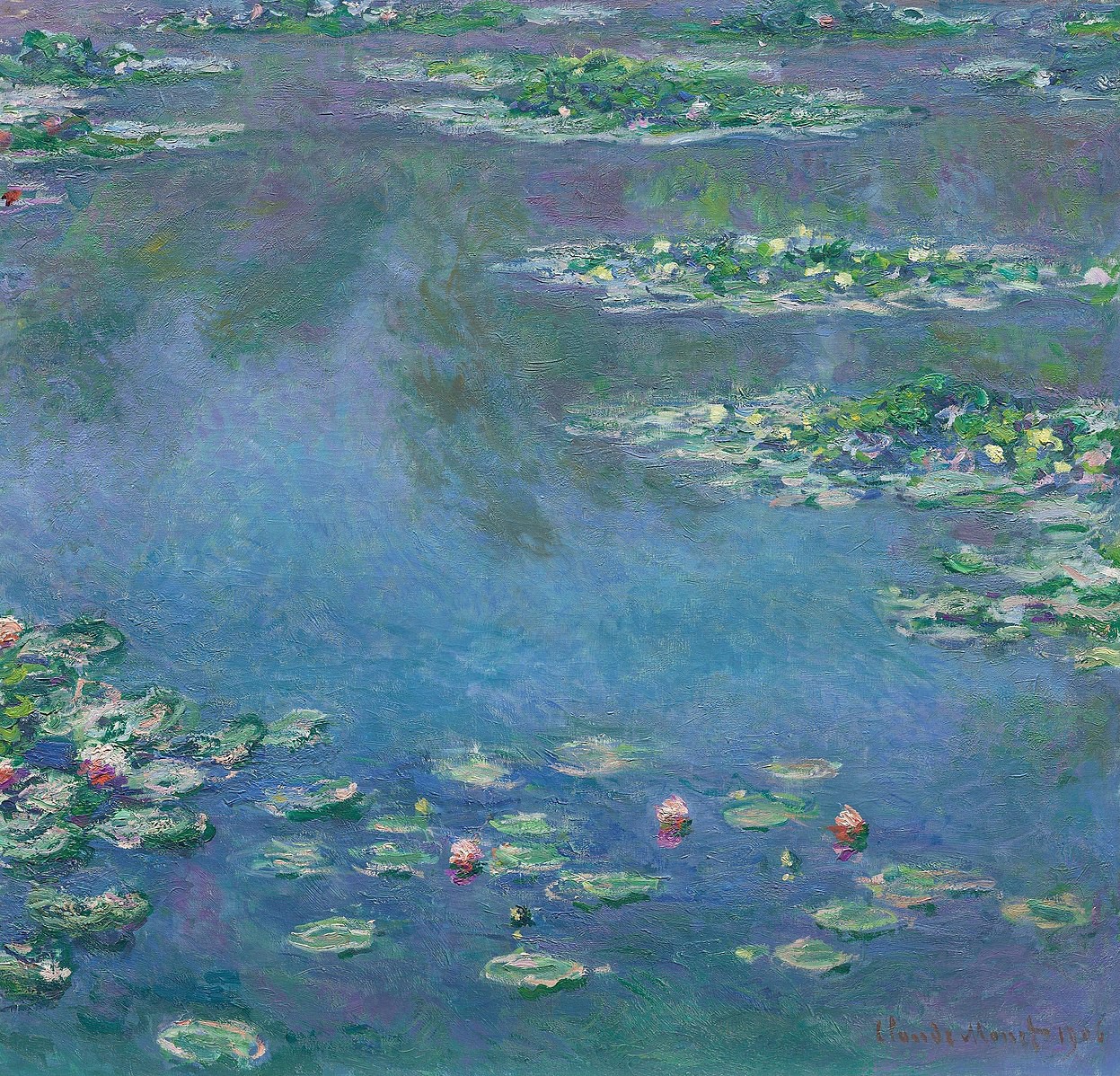
The appreciation of Monet’s water lilies continues today. In 1966, Monet’s home, garden, and waterlily pond were bequeathed by his son Michel to the French Academy of Fine Arts, and after a period of restoration were opened to the public in 1980. The home and garden remain one of the major attractions in Giverny and see many tourists from around the world every year.
The track record of the paintings made by Monet in this series is even more impressive. Auctions of paintings from this series have gone for tens of millions, such as the sale of Pond with Water Lilies, 1919 for over $80,000,000 in 2008, The Water Lilies, 1906 for over $54,000,000 in 2014, and The Water Lilies, 1905 for over $43,000,000 in 2012. Given the enduring popularity of his work, these paintings will likely continue to make record sales far into the future.
Where To Learn More About Claude Monet and the Water Lilies
- Claude Monet Gallery
- Water Lilies of Monet: The Magic of Water and Light (watch for free with Prime Video)
Books
- Claude Monet: Waterlilies and the Garden of Giverny: A beautiful new edition of a book that discusses Monet, his water garden in Giverny, and the famous paintings that emerged from his work there.
- Claude Monet: The Truth of Nature: This book spans the artist’s entire career, exploring Claude Monet’s enduring relationship with nature and the landscapes he returned to again and again.
- Mad Enchantment: Claude Monet and the Painting of the Water Lilies: Using letters, memoirs, and other sources not employed by other biographers, and focusing on this remarkable period in the artist’s life, Ross King reveals a more complex, more human, more intimate Claude Monet than has ever been portrayed and firmly places his water lily project among the greatest achievements in the history of art. Available in print, digital, and audiobook.
- Monet Water Lilies: The Complete Series: A complete catalog of Monet’s famous Water Lilies, featuring 210 paintings from private and public collections. Truly a beautiful work.
Giclee Prints of Water Lilies for Purchase
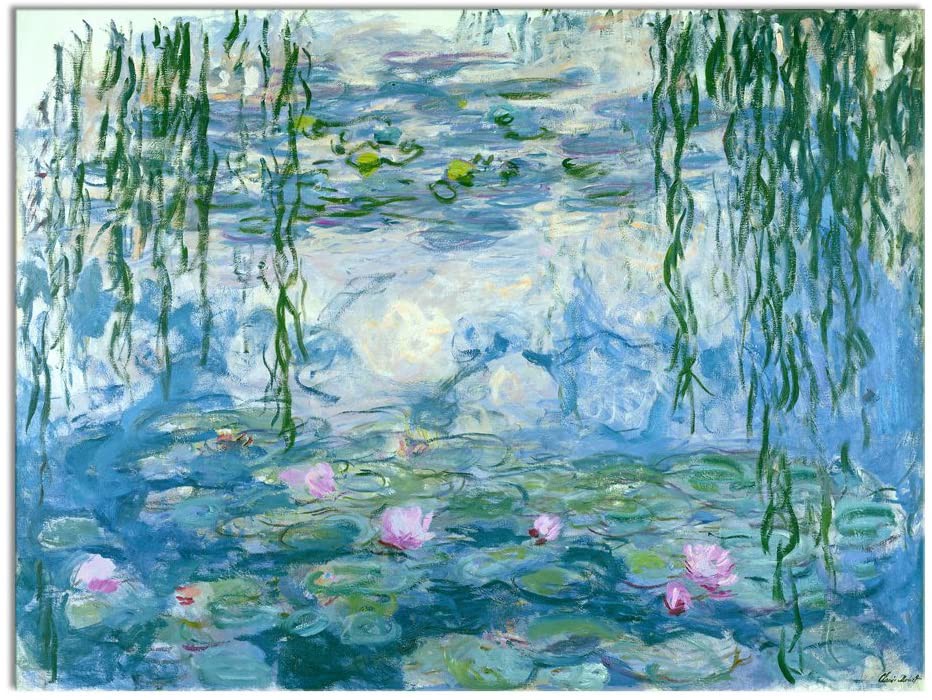

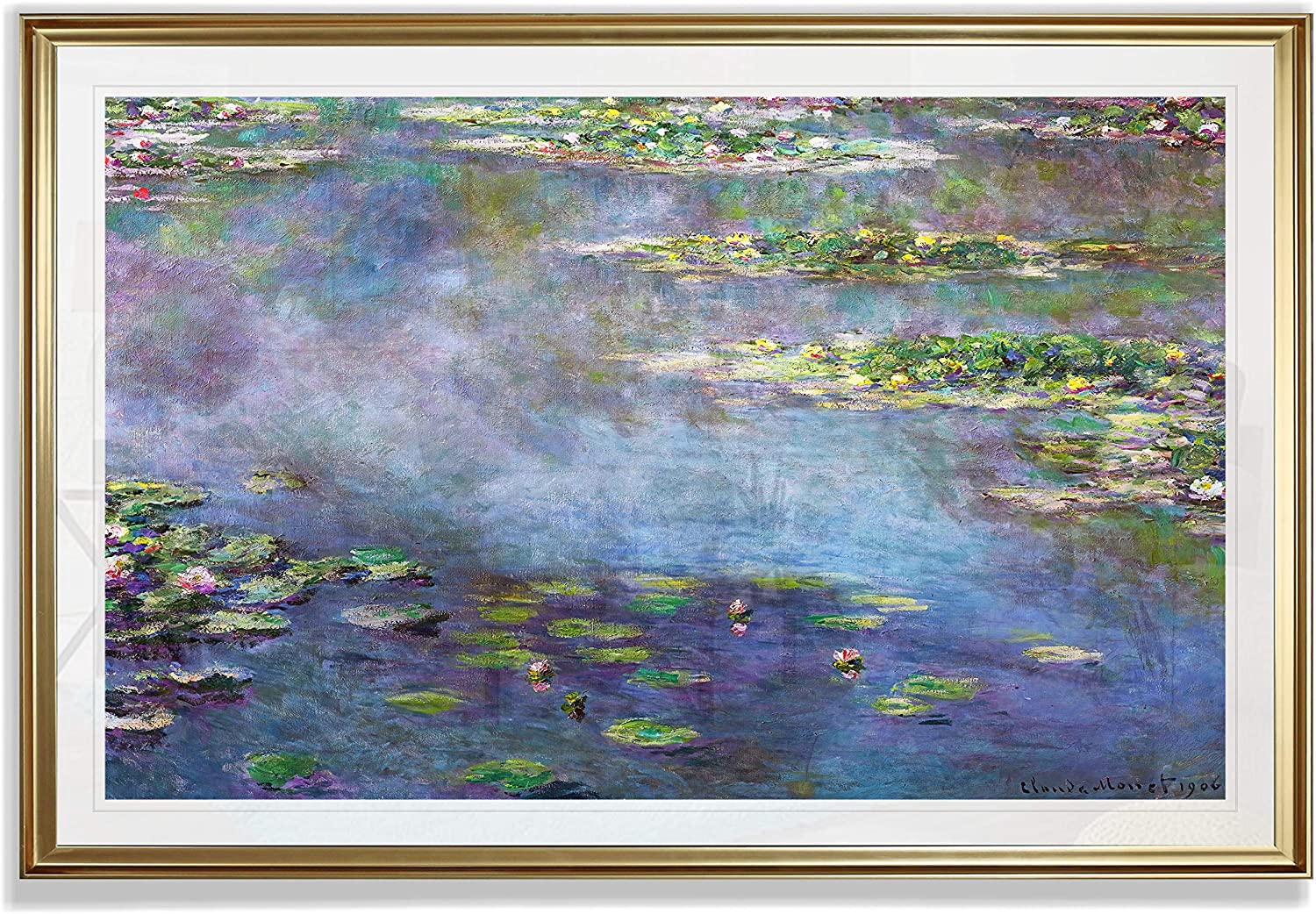

This article contains some affiliate links to art prints and books that serve as references to Claude Monet and his amazing art. If you choose to purchase these books or resources via my affiliate links, you will help support my writing and research at no additional cost to you.
